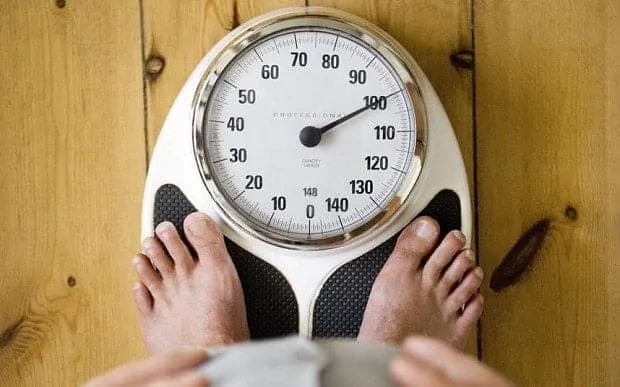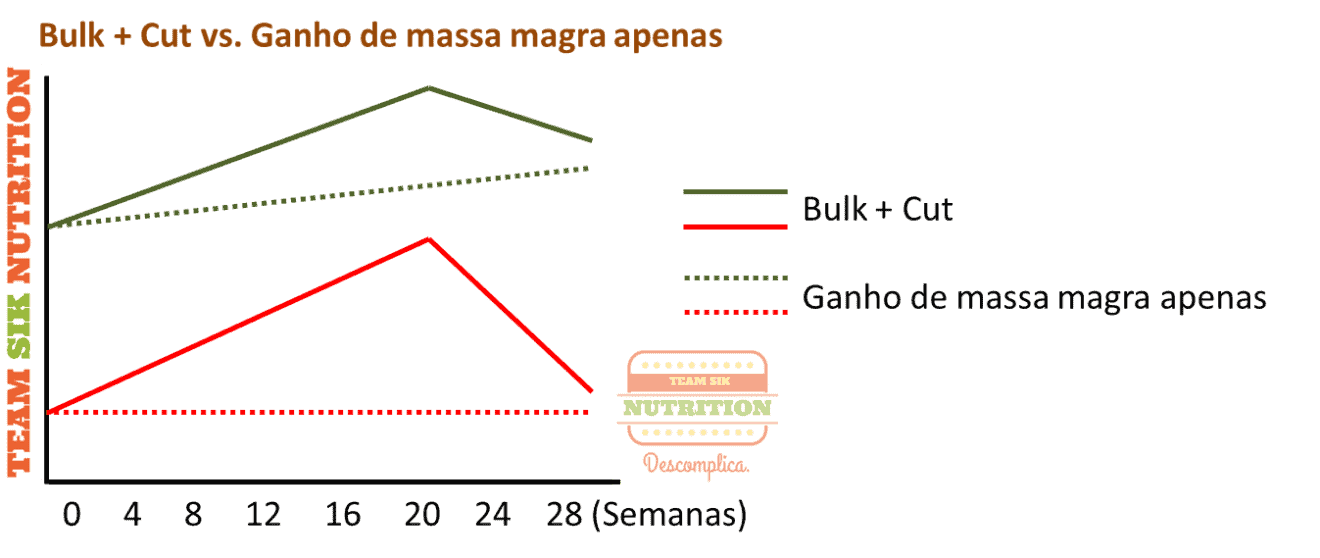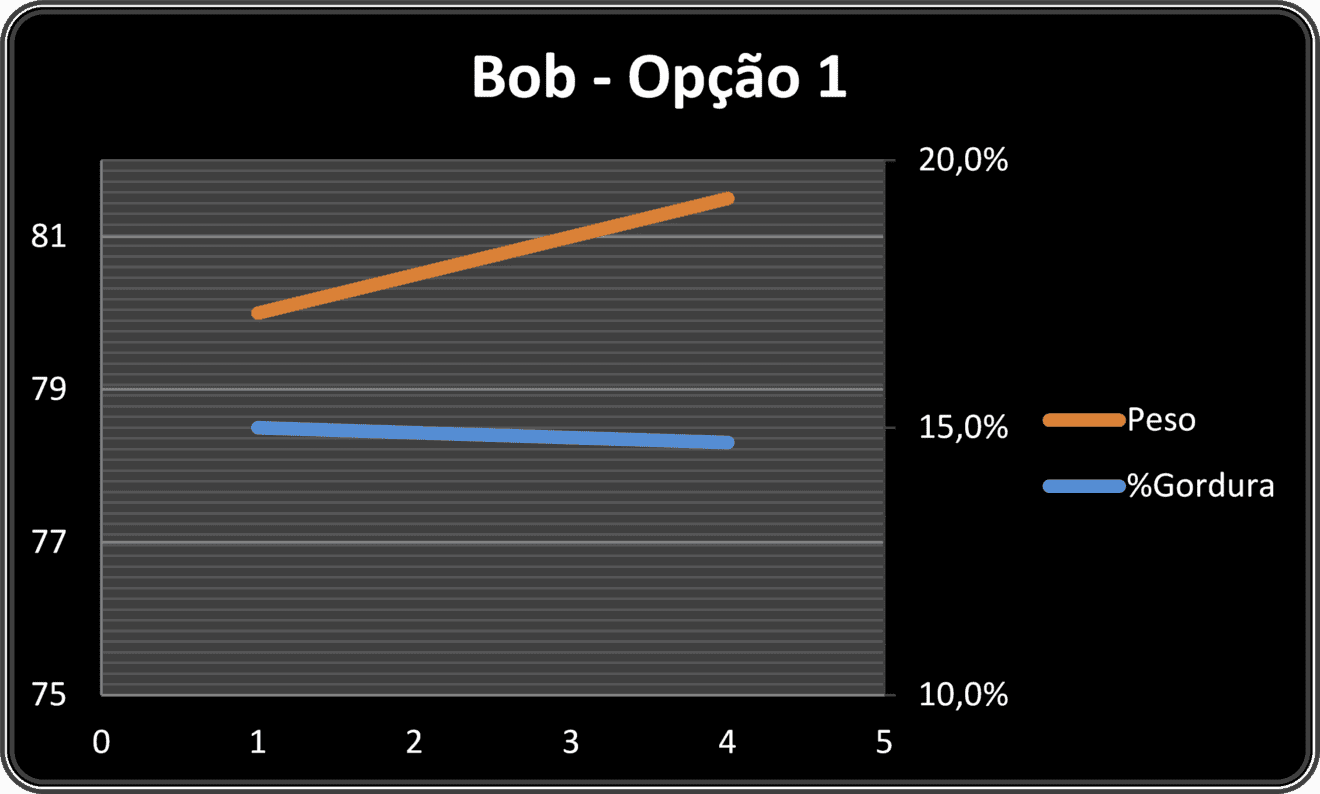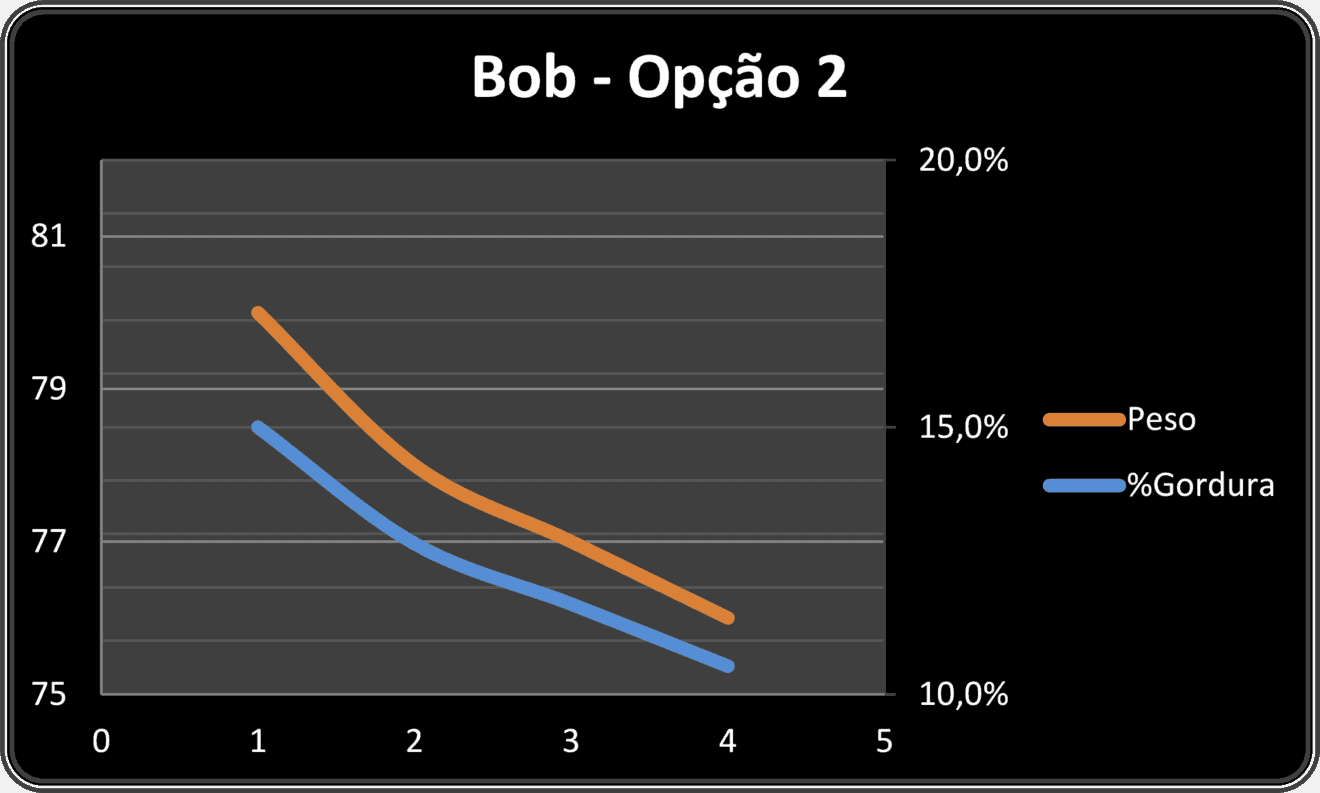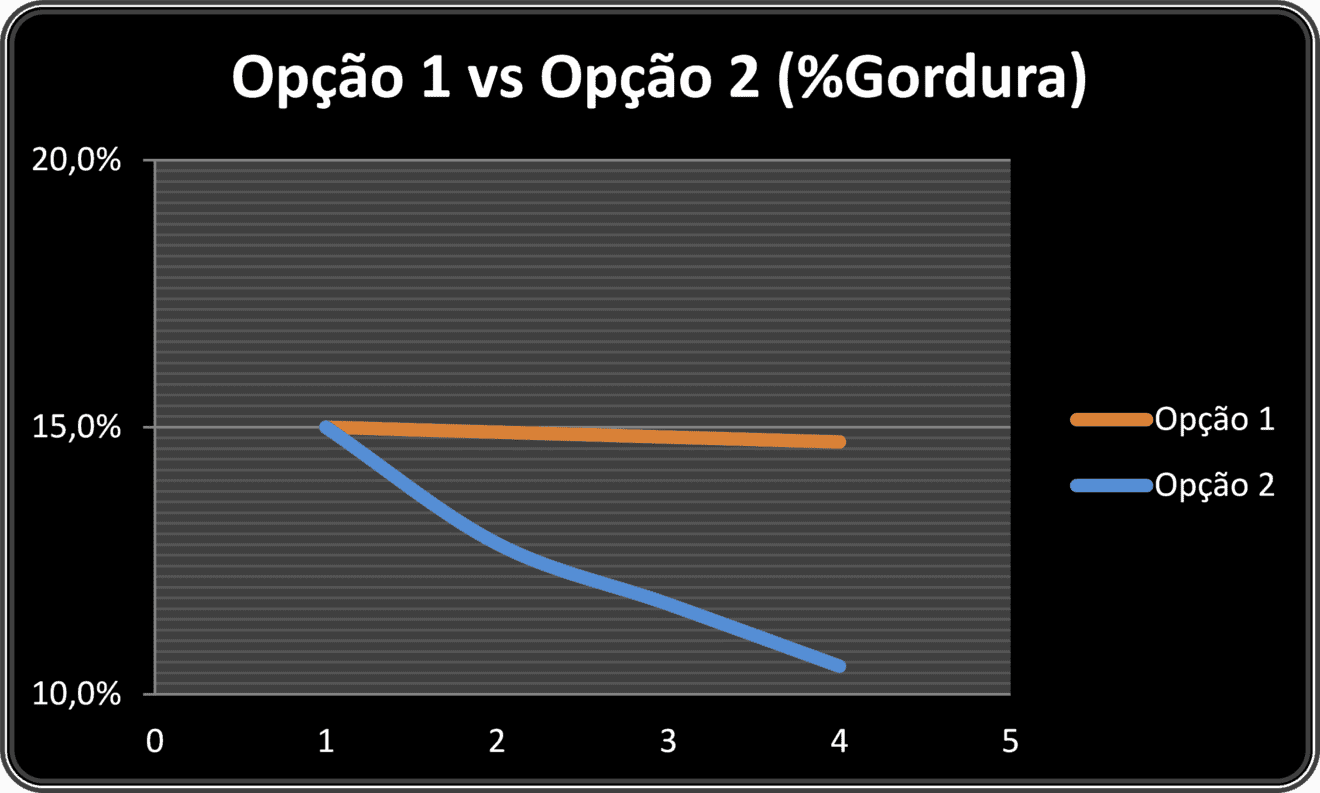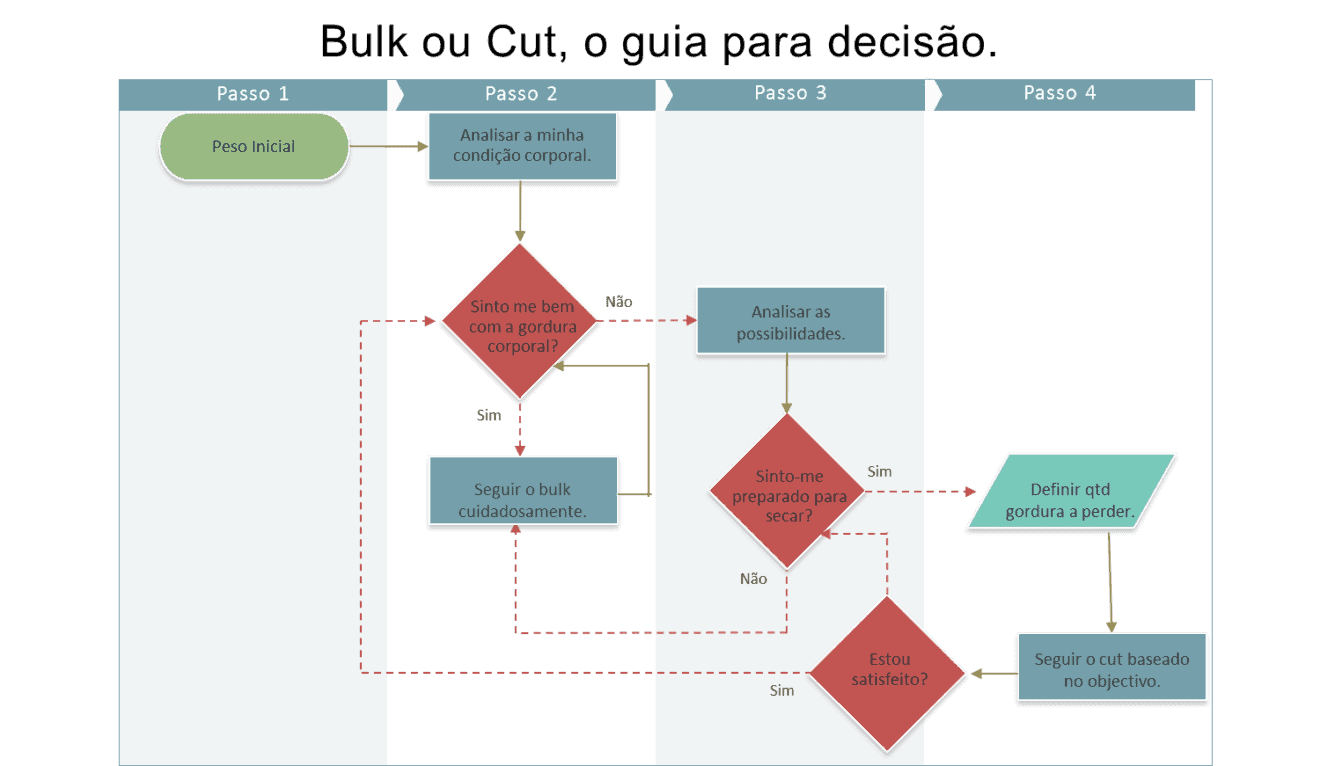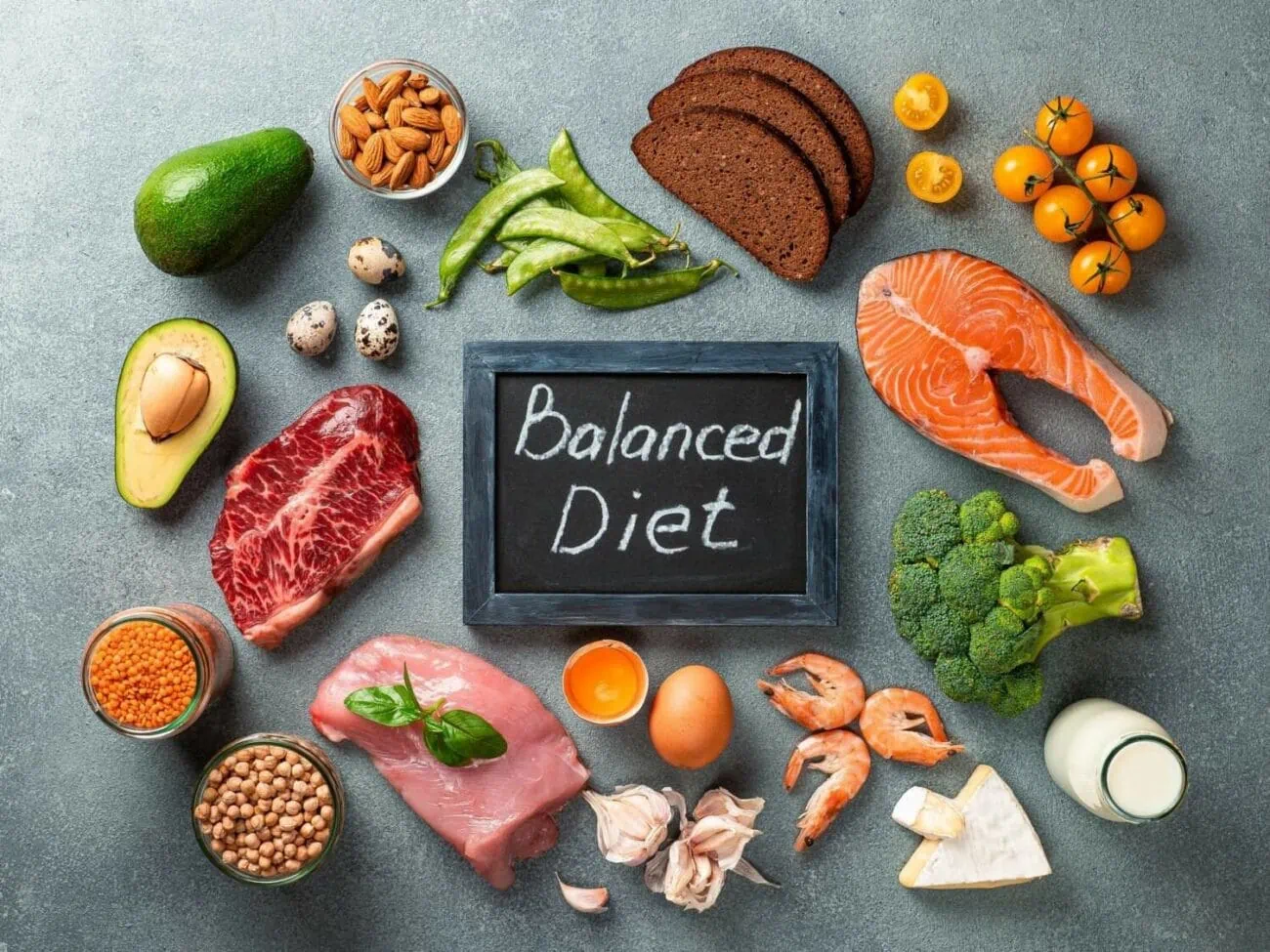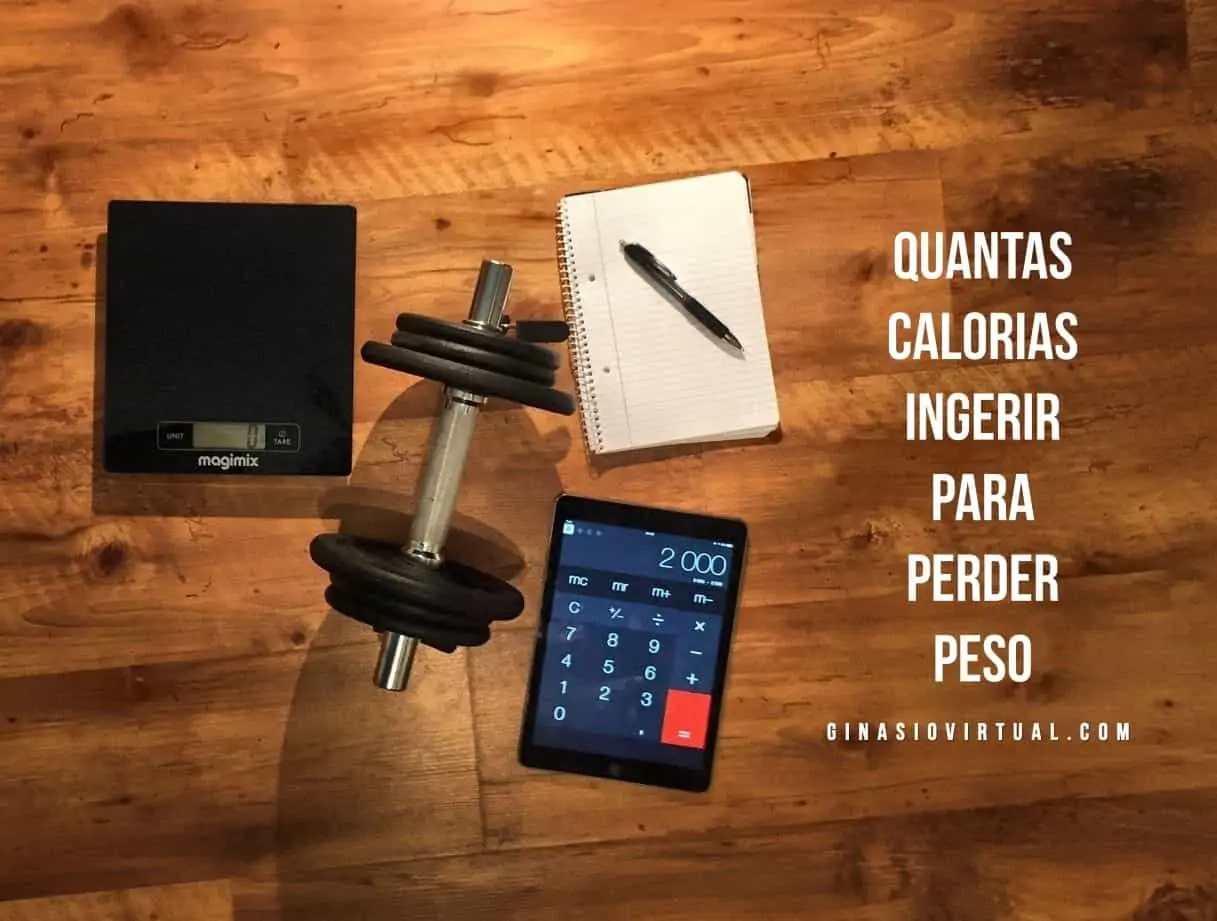Bob the Fake Skinny. The solution for an effective approach.
Generally, when people decide to join the gym and change their current state, they have one of the following goals in mind:
- Gain muscular mass
- Lose fat
No one has ever approached me saying: “I'm going to join the gym, start following a more balanced diet, to maintain my current condition”.
I'm not saying that there aren't people like that, but it's very unlikely.
Typically, after the first week of going to the gym, the common goal is:
- Lose fat and gain muscle at the same time
The probability of achieving both at the same time, called body recomposition, depends on the size of the calorie deficit, % body fat and training experience.
In this sense, the following must be highlighted:
-
The greater the calorie deficit, the more unlikely it is to gain muscle mass during a fat loss phase.
-
The less fat the person in question has, the more unlikely it is to gain muscle, or have visible and measurable gains.
-
The more experienced the person is, meaning someone who has already achieved muscle gains, the more difficult it is to gain muscle in a calorie deficit.
Basically, it could be said that the fatter the person is and the more inexperienced, the greater the probability of achieving both goals simultaneously.
However, looking at the objectives mentioned above, it is indisputable that to optimize any process of change in body aesthetics, the caloric deficits during the fat loss phase must be larger than the caloric surplus during the mass gain phase. muscle.
Briefly:
-
Our body is more efficient at losing fat than gaining muscle mass.
As a result, fat can be lost faster than it is possible to gain muscle.
It is important to remember that visual changes over the same period of time tend to be greater in fat loss phases than in muscle mass gain phases.
-
Gaining muscle mass requires the construction of new tissues and ligaments in our body.
It is a process that takes time and requires patience.
-
Too large a caloric surplus, in phases of muscle mass gain, leads to gains in muscle mass.
However, combined with this, excessive and unnecessary fat gains arise.
There are no benefits to this approach, either from an aesthetic or performance point of view.
How much weight can you lose per week?
In theory, there is a limit to the amount of fat you can lose per day.
If we exceed this limit, we increase the chances of losing muscle mass.
As previously mentioned, the more fat a person has, the greater the weekly/monthly loss may be.
Below, I present a general guide for the common population:
|
Current situation |
% of Body Fat (approx) |
% of Body Fat lost per month |
|
Obese |
>25% |
3-4% |
|
Overweight |
20-25% |
2-3% |
|
Normal |
13-19% |
1-2% |
|
Athletic |
<13% |
? 1% |
Based on the table made by Alan Aragon.
This table is just an example, in which each person reacts differently to stimuli and adjustments made to diet and training.
Still, it serves as a guide for them to set realistic expectations, even if body weight is not enough to assess progress.
Isn't it strange, someone considered ?normal? With a structured plan, you can achieve a more muscular body in 2-3 months, dropping 5-6 points of % body fat over that same time.
The exception is people who want to go on a “short” fat loss diet, possibly fitted in the middle of a weight gain phase. This specific case usually lasts between 2-6 weeks with greater deficits.
Bulk's 3 rules
There are basically three possible choices when gaining muscle mass:
-
Quiet Bulk. It consists of eating, instinctively, without counting calories/macros.
In my opinion, it requires years of experience to be done with any efficiency and not turn into unnecessary fat gain.
-
Controlled Bulk (or slow bulk). The idea is to maximize muscle mass gain while gaining as little fat as possible.
-
Gain lean mass only. The idea of this approach is to prioritize low body fat % levels, slowly gaining muscle, avoiding gaining fat at all costs.
They are all legitimate, each with its pros and cons.
Technically, it is possible to gain muscle mass without gaining fat.
However, you must be aware that the amount of gains may not be maximized without having a sufficient caloric surplus.
If you want to grow at the most efficient level possible, you have to accept some fat gain.
This is where a person with too much fat and too little muscle mass usually finds it difficult to define one of their priorities, that is, whether to embark on a bulk to gain muscle mass, or move on to losing fat, ending up feeling too thin.
If the option is to gain muscle mass, the following table serves as an indication:
|
Current situation |
Monthly gains (in kgs) |
|
Started |
0.9-1.2 |
|
Intermediate |
0.45-0.9 |
|
Advanced |
0.22 |
Based on the muscle mass gains table made by Lyle Mcdonald.
My best rule of thumb is to keep fat gains under control, with the aim of removing excess fat more quickly and easily in a later fat loss phase.
A 1:1 ratio of muscle mass to fat is perfectly realistic for most people.
In the guide in the table above, if you are a beginner/intermediate trying to gain around 1kg of muscle per month, a 1:1 ratio means you should aim for approximately 2kg per month.

Bulk/(+)Cut vs. Gain lean mass only
Using the rules defined and described throughout this article, we can conclude a few things:
-
If the priority is to maintain the lowest possible % of fat throughout the year, it is difficult for us to optimize the process of gaining muscle mass.
This is due to the fact that some caloric surplus is necessary to build muscle.
The exception is some people who, inexplicably, manage to grow in any way. Yes, there are “genetic freaks” that influences how and how much they earn.
I'll leave out the PEDs/Steroids factor.
-
If the priority is to gain as much muscle mass as possible, we have to accept some fat gain.
As mentioned previously, you should try to aim for a ratio of 1:1, which is quite realistic.
Practical example
Let's apply the example to an athlete, better known as Bob, ?The Culturisca?.
Bob has 80kg of body weight and has several options, of which I highlight:
-
Option 1: Betting on reducing body fat to %, gaining muscle mass and betting on gaining zero fat.
-
Option 2: Apply the rules above and start by reducing this % of fat, with a fat loss phase, to create a favorable climate for a later mass gain phase.
Bob, in addition to weighing 80kg, has around 15% of body fat and some training experience.
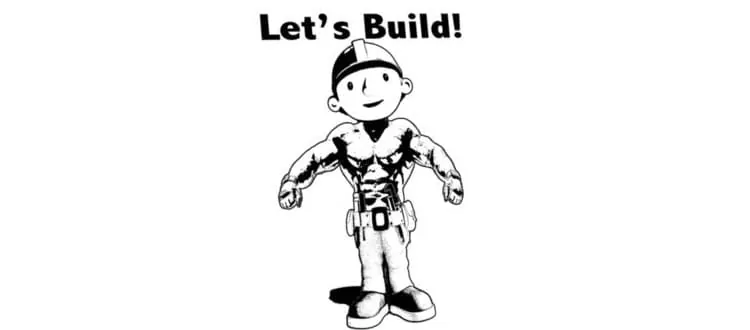
Imagining that Bob chooses the Option 1 and decides to gain around 500g of weight per month, let's assume that it is 100% muscle mass:
-
Month 1: 80 kg body weight with 15% fat (68 kg lean mass)
-
Month 2: 80.5 kg body weight with 14.9% fat (68.5 kg lean mass)
-
Month 3: 81 kg body weight with 14.8% fat (69 kg lean mass)
-
Month 4: 81.5 kg body weight with 14.7% fat (69.5 kg lean mass)
As you can see, despite the gains in muscle mass, the differences in % fat are little or none.
Furthermore, it assumes that the person can gain 500g of muscle mass during the four months, without any fat, which is rare.
Assuming now that Bob had chosen Option 2, and decides to spend the same months losing fat and maintaining all muscle mass, aiming for a greater initial loss:
-
Month 1: 80 kg body weight with 15% fat (68 kg lean mass)
-
Month 2: 78 kg body weight with 12.8% fat (68 kg lean mass)
-
Month 3: 77 kg body weight with 11.7% fat (68 kg lean mass)
-
Month 4: 76 kg body weight with 10.5% fat (68 kg lean mass)
This scenario also idealizes that no muscle mass is lost.
Still, it highlights the difference in the variation in % fat, in the various approaches, and can help give some idea of how to plan them.
In short, we see that in the Option 1, Bob would only lose 0.3% of fat and he wasn't even optimizing his muscle mass gain, for fear of gaining fat.
At Option 2, at the end of the same period of time, Bob reduced around 4.5% of fat, leaving him with abs that would make you envious! (the example is mine, I can play Bob, the hottie from Torre beach).
Just as training periodization is increasingly common, also learn to periodize your nutrition.
If you want to see big visual changes in your body, these are always more visible after fat loss phases.
Growing and becoming drier is a very unusual task for so-called “normal” people.
Be objective, coherent and persistent.
The flowchart below also gives an idea of how these phases can be planned:
Article written by Team Sik Nutrition
[author image=”https://ginasiovirtual.com/wp-content/uploads/2016/01/logo-sik.jpg” ]Team Sik Nutrition is a recent group of people passionate about the world of Fitness. The Team's focus is to guide, educate and motivate those interested in achieving their health and fitness/performance goals. All this sharing is based on scientific facts and the experience of Team members.
The CEO of Team Sik Nutrition is João Gonçalves. Amateur powerlifter, passionate about Fitness and writing articles.
[/author]



